Nationality Indian | Name C. Raman Role Physicist | |
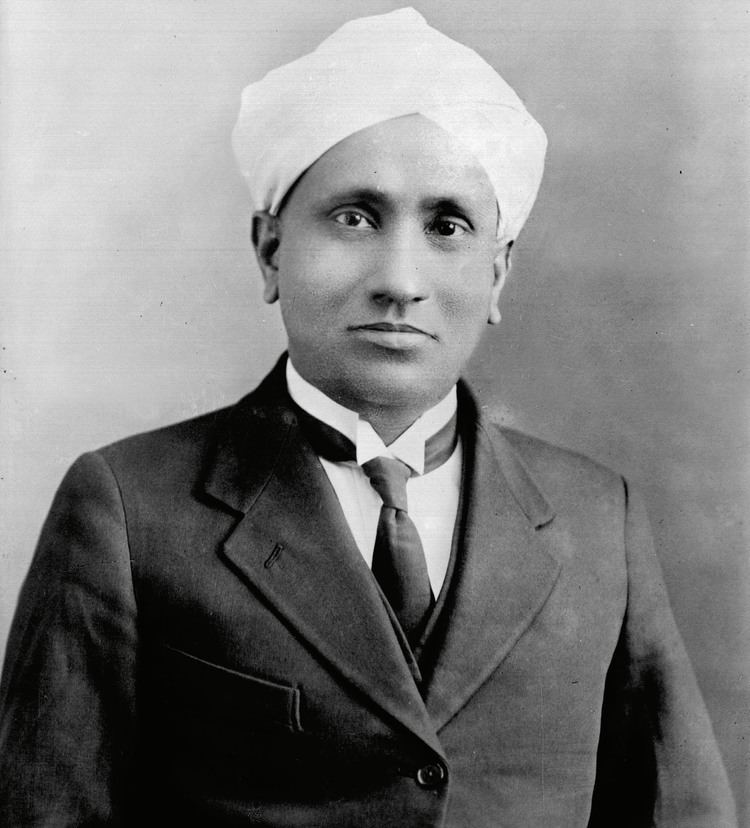 | ||
Native name சந்திரசேகர் வேங்கட ராமன் Institutions Indian Finance DepartmentUniversity of CalcuttaBanaras Hindu UniversityIndian Association for the Cultivation of ScienceIndian Institute of ScienceRaman Research Institute Doctoral students G. N. RamachandranVikram Ambalal Sarabhai Died November 21, 1970, Bengaluru Books Why the Sky is Blue: Dr. C.V. Raman Talks about Science, The new physics Notable students Vikram Sarabhai, G. N. Ramachandran Awards Nobel Prize in Physics, Bharat Ratna, Lenin Peace Prize, Franklin Medal, Hughes Medal, Matteucci Medal Parents Parvathi Ammal, R. Chandrasekhar Iyer Similar People Srinivasa Ramanujan, Satyendra Nath Bose, A P J Abdul Kalam, Vikram Sarabhai, Homi J Bhabha | ||
Mars beyond c v raman the scientist and his legacy
Sir Chandrasekhara Venkata Raman (7 November 1888 – 21 November 1970) was an Indian physicist born in the former Madras Province in India presently called as Tamil Nadu, who carried out ground-breaking work in the field of light scattering, which earned him the 1930 Nobel Prize for Physics. He discovered that when light traverses a transparent material, some of the deflected light changes wavelength. This phenomenon, subsequently known as Raman scattering, results from the Raman effect. In 1954, India honoured him with its highest civilian award, the Bharat Ratna.
Contents
- Mars beyond c v raman the scientist and his legacy
- C v raman indian physicist
- Early education
- Career
- Personal life
- The Nobel Prize
- Lattice dynamics
- Achievements
- Honours and awards
- Archive of Raman Research Papers
- Death
- References

C v raman indian physicist
Early education
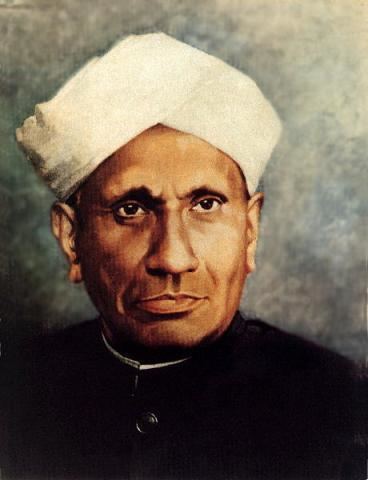
Raman's father initially taught in a school in Thiruvanaikovil, became a lecturer in mathematics and physics in Mrs. A.V. Narasimha Rao College, Visakhapatnam (then Vishakapatnam) in the Indian state of Andhra Pradesh, and later joined Presidency College in Madras (now Chennai).
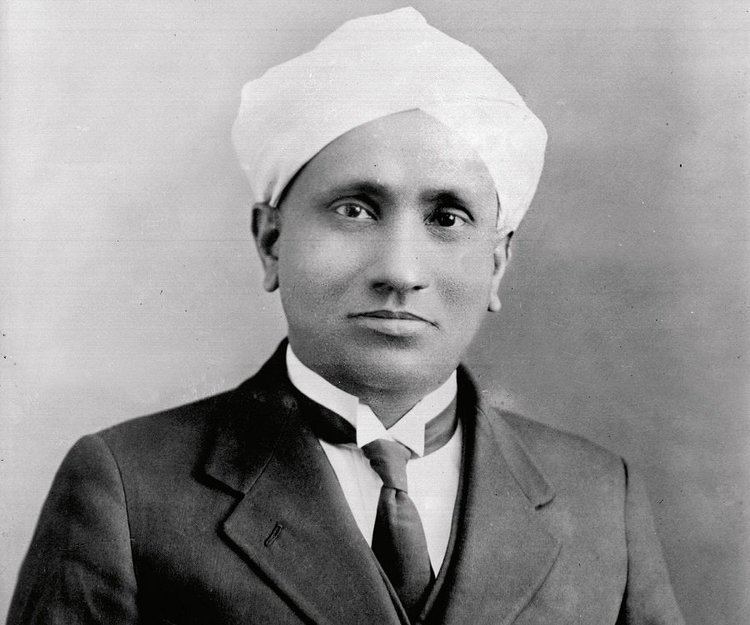
At an early age, Raman moved to the city of Visakhapatnam and studied at St. Aloysius Anglo-Indian High School. Raman passed his matriculation examination at the age of 11 and he passed his F.A. examination (equivalent to today's Intermediate exam, PUCPDC and +2) with a scholarship at the age of 13.

In 1902, Raman joined Presidency College in Madras where his father was a lecturer in mathematics and physics. In 1904 he passed his Bachelor of Arts examination of University of Madras. He stood first and won the gold medal in physics. In 1907 he gained his Master of Sciences degree with the highest distinctions from University of Madras.
Career

In the year 1917, Raman resigned from his government service after he was appointed the first Palit Professor of Physics at the University of Calcutta. At the same time, he continued doing research at the Indian Association for the Cultivation of Science (IACS), Calcutta, where he became the Honorary Secretary. Raman used to refer to this period as the golden era of his career. Many students gathered around him at the IACS and the University of Calcutta.
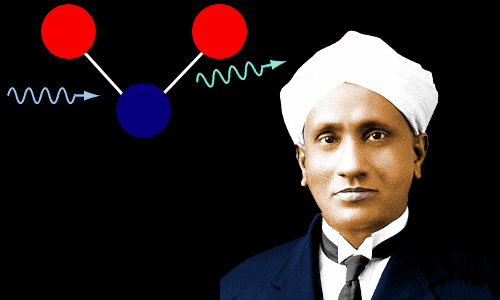
On 28 February 1928, Raman led experiments at the IACS with collaborators, including K. S. Krishnan, on the scattering of light, when he discovered what now is called the Raman effect. A detailed account of this period is reported in the biography by G. Venkatraman. It was instantly clear that this discovery was of huge value. It gave further proof of the quantum nature of light. Raman had a complicated professional relationship with K. S. Krishnan, who surprisingly did not share the award, but is mentioned prominently even in the Nobel lecture.
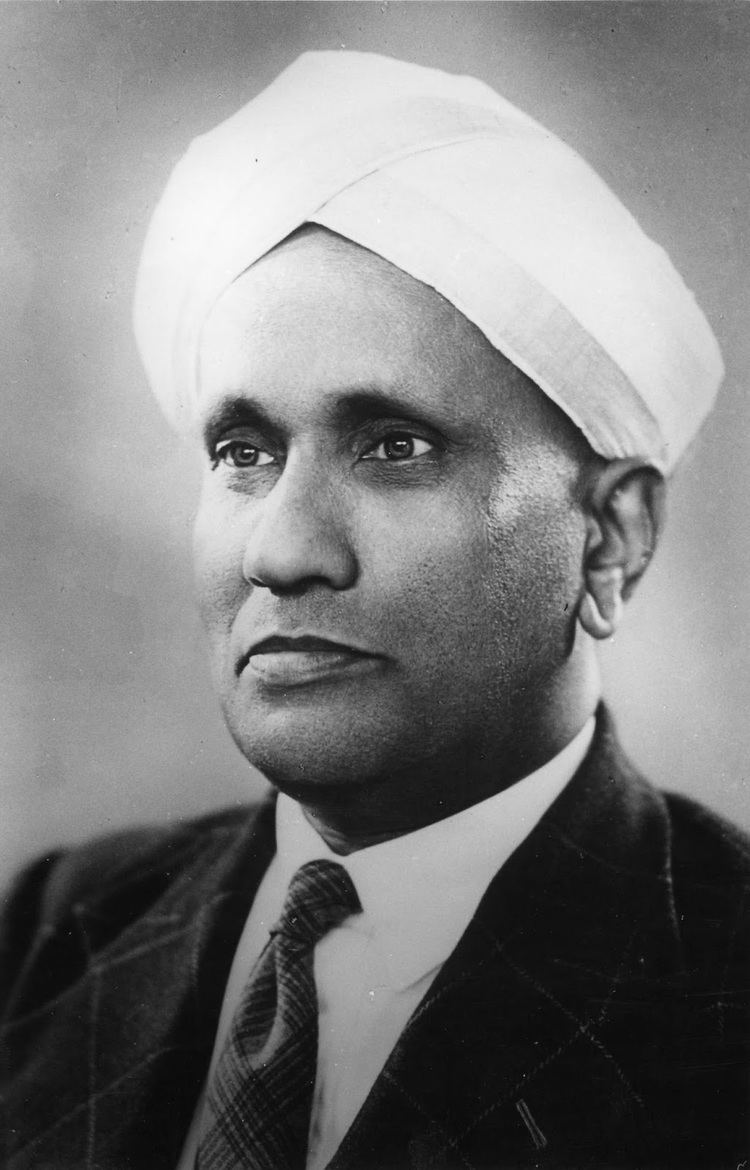
Raman spectroscopy came to be based on this phenomenon, and Ernest Rutherford referred to it in his presidential address to the Royal Society in 1929. Raman was president of the 16th session of the Indian Science Congress in 1929. He was conferred a knighthood, and medals and honorary doctorates by various universities. Raman was confident of winning the Nobel Prize in Physics as well but was disappointed when the Nobel Prize went to Owen Richardson in 1928 and to Louis de Broglie in 1929. He was so confident of winning the prize in 1930 that he booked tickets in July, even though the awards were to be announced in November, and would scan each day's newspaper for announcement of the prize, tossing it away if it did not carry the news. He did eventually win the 1930 Nobel Prize in Physics "for his work on the scattering of light and for the discovery of the Raman effect". He was the first Asian and first non-white to receive any Nobel Prize in the sciences. Before him Rabindranath Tagore (also Indian) had received the Nobel Prize for Literature in 1913.

Raman and Suri Bhagavantam discovered the quantum photon spin in 1932, which further confirmed the quantum nature of light.
Raman had association with the Banaras Hindu University in Varanasi; he attended the foundation ceremony of BHU and delivered lectures on "Mathematics" and "Some new paths in physics" during the lecture series organised at BHU from 5 to 8 February 1916. He also held the position of permanent visiting professor at BHU.
During his tenure at IISc, he recruited the talented electrical engineering student, G. N. Ramachandran, who later went on to become a distinguished X-ray crystallographer.
Raman also worked on the acoustics of musical instruments. He worked out the theory of transverse vibration of bowed strings, on the basis of superposition velocities. He was also the first to investigate the harmonic nature of the sound of the Indian drums such as the tabla and the mridangam. He was also interested in the properties of other musical instruments based on forced vibrations such as the violin. He also investigated the propagation of sound in whispering galleries. Raman's work on acoustics was an important prelude, both experimentally and conceptually, to his later work on optics and quantum mechanics.
Raman and his student, Nagendra Nath, provided the correct theoretical explanation for the acousto-optic effect (light scattering by sound waves), in a series of articles resulting in the celebrated Raman–Nath theory. Modulators, and switching systems based on this effect have enabled optical communication components based on laser systems.
Raman was succeeded by Debendra Mohan Bose as the Palit Professor in 1932. In 1933, Raman left IACS to join Indian Institute of Science in Bangalore as its first Indian director. Other investigations carried out by Raman were experimental and theoretical studies on the diffraction of light by acoustic waves of ultrasonic and hypersonic frequencies (published 1934–1942), and those on the effects produced by X-rays on infrared vibrations in crystals exposed to ordinary light.
He also started the company called Travancore Chemical and Manufacturing Co. Ltd. (now known as TCM Limited) which manufactured potassium chlorate for the match industry in 1943 along with Dr. Krishnamurthy. The Company subsequently established four factories in Southern India. In 1947, he was appointed as the first National Professor by the new government of Independent India.
In 1948, Raman, through studying the spectroscopic behaviour of crystals, approached in a new manner fundamental problems of crystal dynamics. He dealt with the structure and properties of diamond, the structure and optical behaviour of numerous iridescent substances (labradorite, pearly feldspar, agate, opal, and pearls). Among his other interests were the optics of colloids, electrical and magnetic anisotropy, and the physiology of human vision.
Raman retired from the Indian Institute of Science in 1948 and established the Raman Research Institute in Bangalore, Karnataka, a year later. He served as its director and remained active there until his death in 1970, in Bangalore, at the age of 82.
Personal life
He was married on 6 May 1907 to Lokasundari Ammal (1892–1980). They had two sons, Chandrasekhar and radio-astronomer Radhakrishnan.
Raman was the paternal uncle of Subrahmanyan Chandrasekhar, who later won the Nobel Prize in Physics (1983) for his discovery of the Chandrasekhar limit in 1931 and for his subsequent work on the nuclear reactions necessary for stellar evolution.
The Nobel Prize
In the past, several questions were raised about Raman not sharing the Prize with the Russian scientists G.S. Landsberg and L.I. Mandelstam, who had observed the same effect in the case of crystals. According to the Physics Nobel Committee:(1) The Russians did not come to an independent interpretation of their discovery as they cited Raman's article. (2) They observed the effect only in crystals, whereas Raman and K.S. Krishnan in solids, liquids and gases. With that, he proved the universal nature of the effect. (3) The uncertainties concerning the explanation of the intensity of Raman- and Infrared lines in the spectra could be explained during the last year. (4) The Raman method has been applied with great success in different fields of molecular physics. (5) The Raman effect has effectively helped to check the actual problems of the symmetry – properties of molecules thus the problems concerning the nuclear-spin in the atomic physics." The Nobel Committee proposed Raman's name to the Swedish National Academy of Sciences, Stockholm, for the Nobel Prize for the year 1930.
Lattice dynamics
"At the end of the 1930s and the beginning of the 1940s, scientists observed diffuse spots in X-ray Laue photographs that were difficult to explain theoretically. Already at this stage, Chandrasekhara Venkata Raman suggested a theory of his own and criticised alternative solutions that were largely based on thermal theories proposed by Max Born and Peter Debye. This led to a conflict between Born and Raman. In this dispute, Born received support from the British crystallographer Kathleen Lonsdale. The dispute between Raman and Born involved scientific as well as social elements. Whereas Raman's support came mainly from his own experiments and from his colleagues in Bangalore, Born used his social and professional network to enlist scientists as allies for his cause. Although initially, in the early 1940s, Born's theory was not generally accepted even in England, he eventually succeeded in marginalising the rival theory of Raman. The controversy has often been dealt with by physicists and historians of science, who, however, have too often relied on Born's autobiographical work. As has been shown, parts of this work, especially as it relates to Born's Indian visit and his contact with Raman, need careful and critical reading. In particular, the issue of Raman's resignation from the directorship of the IIS had nothing to do with Born's stay in India, such as indicated in his autobiography.". Up to some extent, this controversy led to the fact that Max Born had to wait for the Nobel Prize.
Achievements
During a voyage to Europe in 1921, Raman noticed the blue colour of glaciers and the Mediterranean sea. He was motivated to discover the reason for the blue colour. Raman carried out experiments regarding the scattering of light by water and transparent blocks of ice which explained the phenomenon.
Raman employed monochromatic light from a mercury arc lamp which penetrated transparent material and was allowed to fall on a spectrograph to record its spectrum. He detected lines in the spectrum, which were later called Raman lines. He presented his theory at a meeting of scientists in Bangalore on 16 March 1928, and won the Nobel Prize in Physics in 1930. In Munich, some physicists were initially unable to reproduce Raman's results, leading to scepticism. However, Peter Pringsheim was the first German to reproduce Raman's results successfully. He sent spectra to Arnold Sommerfeld. Pringsheim was the first to coin the term "Raman effect" and "Raman lines."
Honours and awards
Raman was honoured with a large number of honorary doctorates and memberships of scientific societies.
India celebrates National Science Day on 28 February of every year to commemorate the discovery of the Raman effect in 1928.
Archive of Raman Research Papers
The Raman Research Institute, founded by Raman after his tenure at IISc, curates a collection of Raman's research papers, and articles on the web.
Death
At the end of October 1970, Raman collapsed in his laboratory, the valves of his heart had given way. He was moved to the hospital and the doctors gave him four days to live. He survived and after a few days refused to stay in the hospital as he preferred to die in the gardens of his Institute surrounded by his followers.
Two days before Raman died, he told one of his former students, "Do not allow the journals of the Academy to die, for they are the sensitive indicators of the quality of science being done in the country and whether science is taking root in it or not." That same evening, Raman met with the Board of Management of his Institute and discussed (from his bed) with them any proceedings with regards to the Institute's management. Raman died from natural causes early next morning on 21 November 1970.
